Sensory Toys Buying Guide, Part 1: Tactile and Chewable Toys
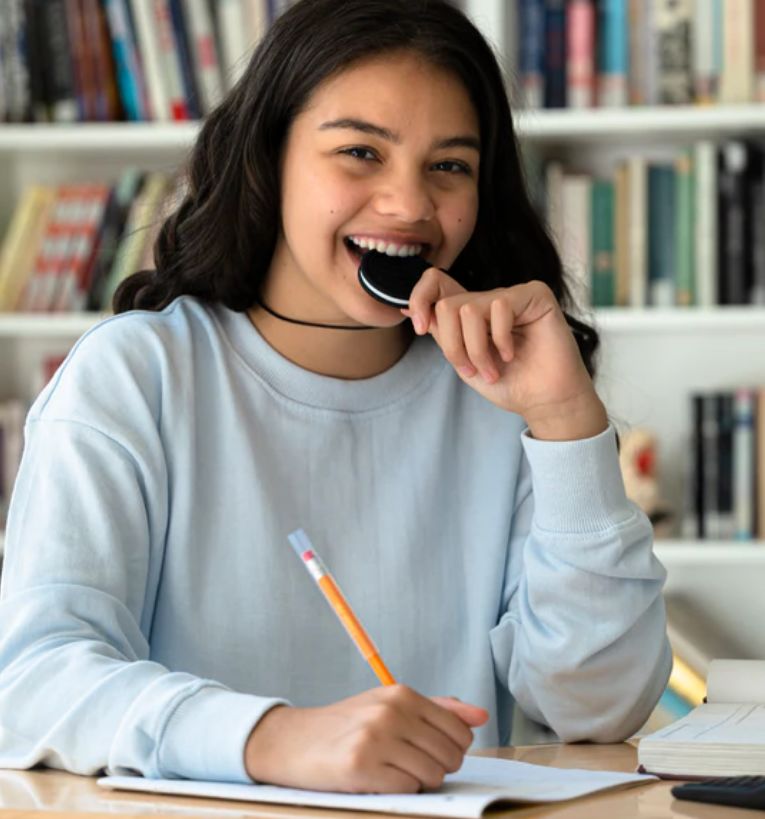
People have used different types of sensory aids long before the term “sensory toy” came into popular use. Settling into a hot bath after a long day, nervously chewing gum while watching a close football game, or listening to white noise to try to fall asleep are all examples of everyday sensory stimulation used for self-soothing and regulation.
However, as we’ve previously discussed, sensory toys are particularly beneficial for children and adults with disorders like ADHD, autism, and OCD. These diagnoses tend to be concurrent with sensory processing issues wherein the brain has difficulty interpreting information collected by sensory organs. Vibrant sights, loud sounds, and strong smells can overwhelm children with such disorders. They also may have difficulty remaining calm in highly stimulating environments.
For children with sensory processing disorders, the use of sensory toys can help regulate their sensory input and provide a calm focus point.
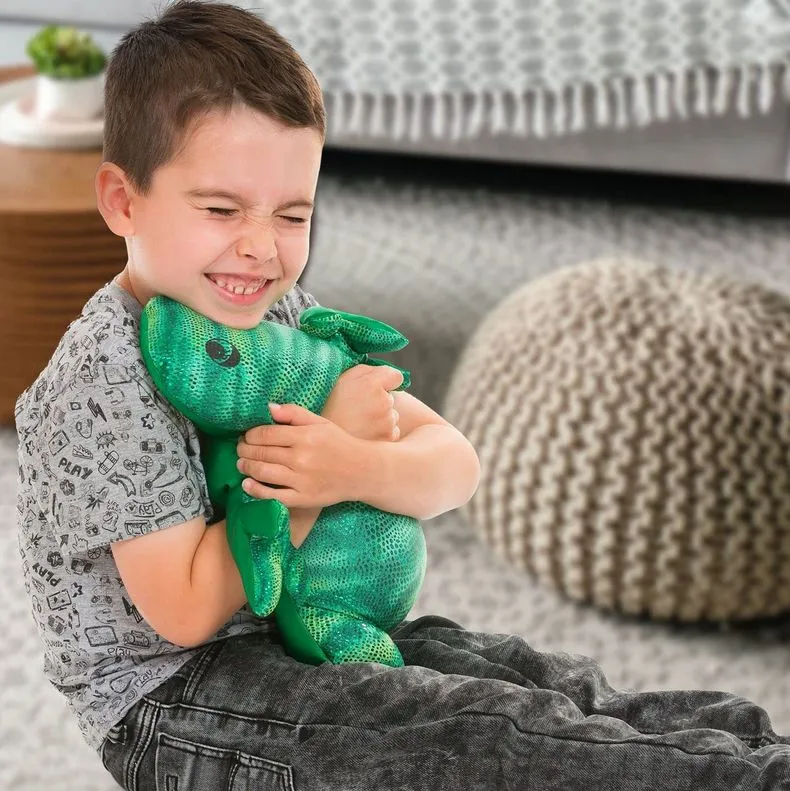
In this article we will cover the different types of sensory toys and discuss who they are best for. We hope this article helps you choose the best sensory products for your child or yourself.
Tactile Toys for Touch-Sensitive Children
Tactile sensory stimulation refers to the feelings of touch and texture. Some children with tactile sensory processing disorders are overly sensitive to physical sensations. Certain fabrics may irritate their skin, they may be particular about the texture of their foods, and they may balk at activities like brushing their hair or even being hugged. Experts call this sensitivity “tactile defensiveness.” It can result in a child being on edge, complaining, fearful, or avoidant.

Children with high tactile sensitivity need a heads up before experiencing physical sensation. They may find relief in physical exertion such as exercise, sports, or even yard work. They also benefit from firmer touches. While that might sound counterintuitive, firmer pressure actually helps to desensitize their overactive sensory receptors. Full body products like a weighted blanket can also help diffuse sensation across a wide surface area.
Some products for children with tactile sensitivity are:
- Stress Balls by Sensory Genius ($11.00) – A gentle texture and squishy composition make these colorful balls hard to ignore. Three different colors indicate the different levels of resistance – providing the right amount of stress relief or hand strengthening exercise.
- Busy Body Gross Motor Exercise Cards ($30.19) – Develop and practice gross motor movements with bright exercise cards. Each card features a photographic action pose and illustrated instructions on the back.
- Manimo Weighted Animal – Grey Lizard ($56.00) – This 4.6lb weighted Lizard can be worn around the neck or on thighs for a warming, calming effect. Kids love the cuddly and reassuring shape, thanks to its big paws.
- 7 lb. Weighted Blanket ($98.00) – This 7lb blanket feels like a warm soothing hug, providing a sense of wellbeing.
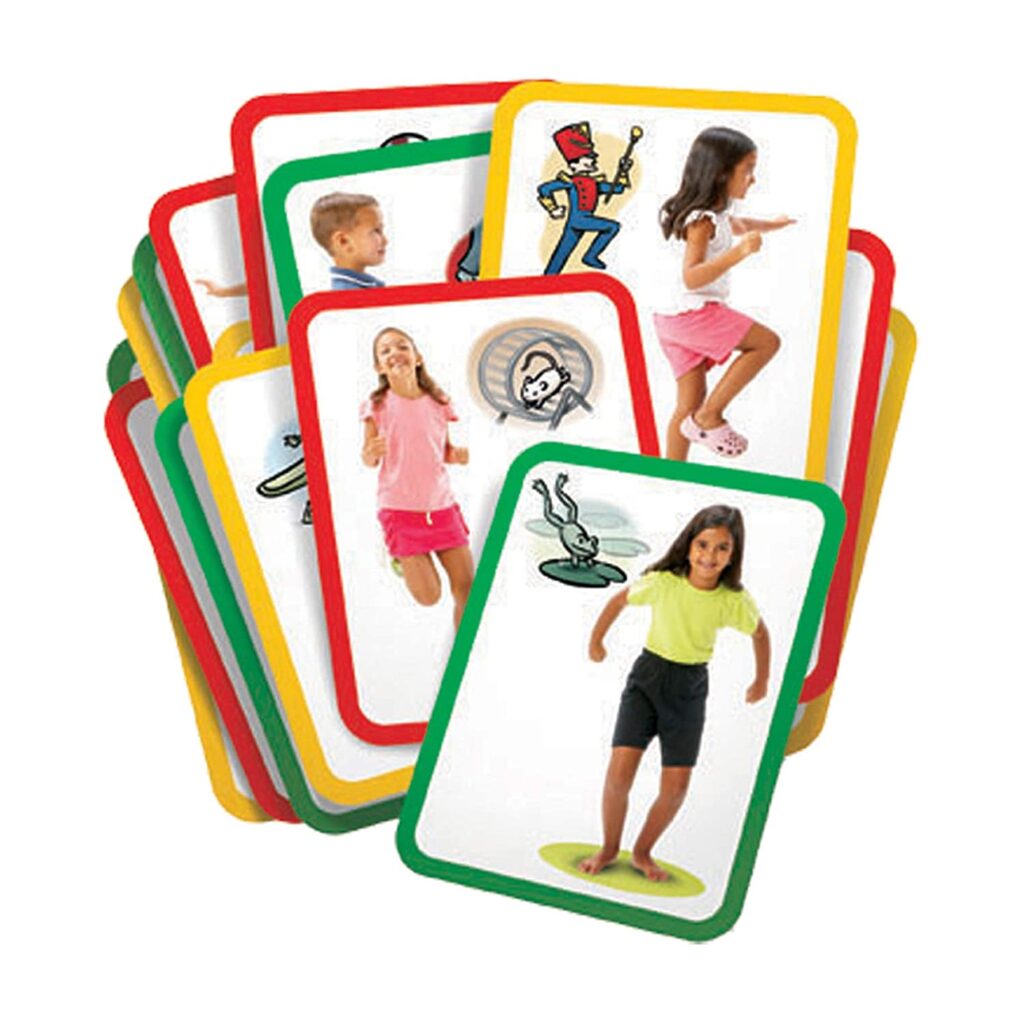
Tactile Toys for Sensory Seekers
Other children with tactile sensory processing disorders are under-responsive to tactile stimulation. These children may appear inattentive to those around them because they can’t sense when someone is trying to get their attention. They may have poor coordination and delayed motor skills, causing them to be clumsy or messy. Children who are under sensitive often exhibit sensory seeking behavior and may be hyperactive and fidgety.
Under-sensitive or sensory seeking children benefit from having a way to stimulate their senses. Some of these tools are similar to those used for over-sensitive children: weighted blankets and textured balls provide full-body sensory input, while physical exertion provides the sensory feedback they may otherwise be lacking. Fidget toys are also important for sensory seeking children as they provide a focus point for otherwise distractable instincts.
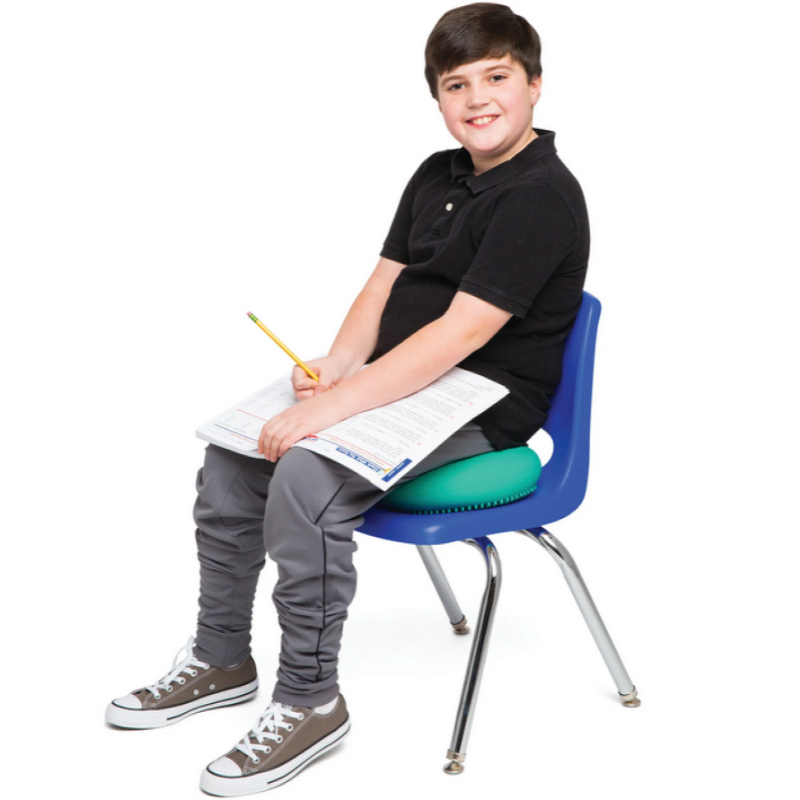
Some products for sensory seeking children are:
- Twist Fidgets ($1.30 – $10.50) – This fidget toy is the perfect accessory to keep your hands busy and mind focused. It is a quiet fidget toy (no snapping, clicking or popping). Small, portable and lightweight!
- Wiggle Seat ($21.00 – $24.00) – Wiggle Seats enable your energetic child the chance to get their “wiggles” out while working on homework, sitting at the dinner table or in school.
- Sensory Discs – Combo Pack ($29.00) – These 5” diameter Sensory Discs deliver captivating, soothing tactile and visual sensory experiences for early learners or those with special needs. Perfect for fidgety students, these discs are made for touching, squeezing, exploring and observing!
- Body Poetry: Animal Action Cards ($30.19) – Stretch, strut, waddle, prance and stroll! These cards lead children in safe, fun and healthy exercises. The 16 cards feature easy, intermediate, and challenging gross motor exercises to build coordination and muscle memory.
- 10 lb. Weighted Blanket ($109.00) – This 10lb. blanket feels like a warm soothing hug, providing a sense of wellbeing.
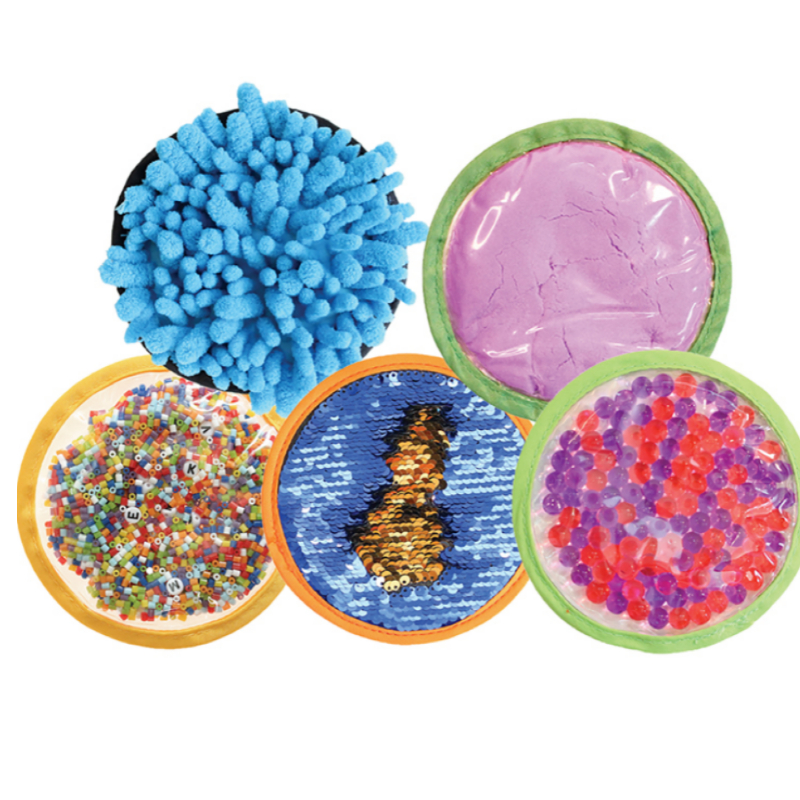
Food Safe Sensory Toys for Oral Stimulation
Another common focal point of sensory processing disorders is the mouth. Some children with sensory issues display either (or both!) an oral fixation or oral aversion. These children may crave chewing or sucking. They may end up putting unsanitary or unsafe things in their mouths in an effort to satiate their sensory craving. On the other hand, they may also struggle with oral motor skills. Children with autism or other developmental disorders may need help strengthening their oral capability to help them speak, eat, and even breathe more efficiently.
Oral sensory toys offer a safe, sanitary option for children or adults who need oral stimulus.

Some products for children with oral processing disorders are:
- Munchables Chewable Sensory Pendants ($10.00 – $15.00) – Turn “DON’T CHEW THAT!” into “CHEW THIS!” with Munchables Chewable Pendants. Made with 100% durable, food grade silicone. Every Munchable necklace features a breakaway clasp for safe emergency removal.
- Munchables Pencil Toppers ($12.00 – $19.00) – Munchables Pencil Toppers are ideal for children, teens, and adults who chew on their pens or pencils. Protect against tooth damage with these fun chews designed to fit on any standard pencil or pen. Made with 100% tear-resistant food grade silicone.
- Bubble Tree Eco-Friendly Blowing Bubbles Kit ($18.00) – Get your child’s excitement bubbling with these Bubble Tree™ non-toxic Bubble Bottles. Blowing bubbles isn’t simply a playful weekend activity — it can actually help your child practice several types of motor skills!

Tactile and oral sensory toys meet the most common needs of children with sensory processing disorders. However, there are products that stimulate the visual, audio, and olfactory senses as well. We will explore more sensory toy options in our next post.
